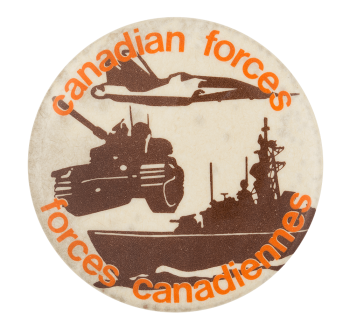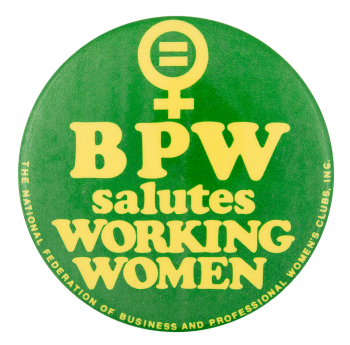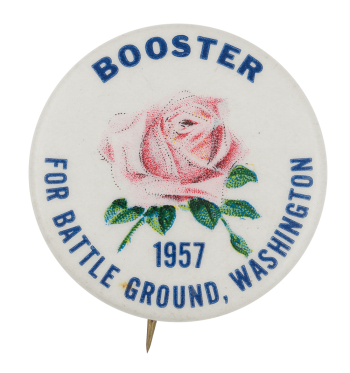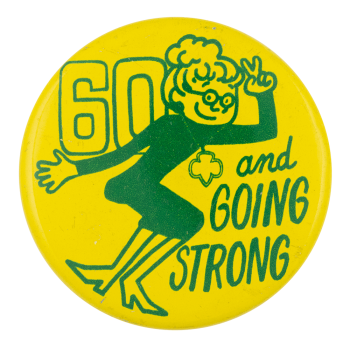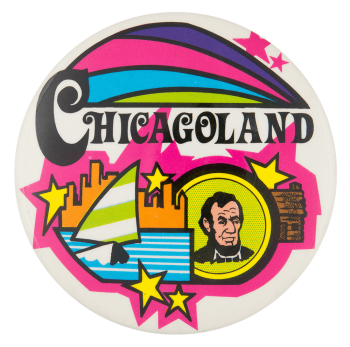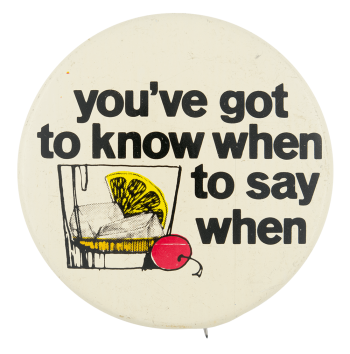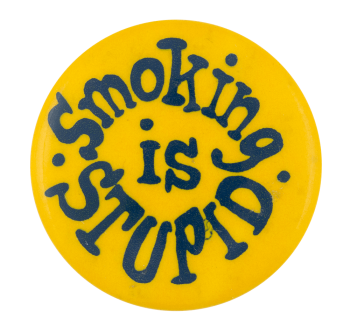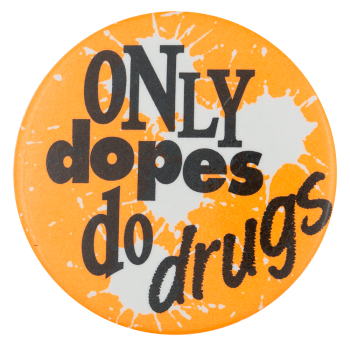Canadian Forces
| Category | |
|---|---|
| Additional Images | |
| Sub Categories | |
| Text on Button | Canadian forces forces canadiennes |
| Image Description | Orange text over a brown illustration of military vehicles on an offwhite background |
| Curl Text | MFG H A S NOVELTIES OTTAWA (613) 232 0088 |
| Back Style | |
| The Shape | |
| The Size | |
| The Manufacturer | |
| Additional Information | The Canadian Forces consist of the military branches Army, Navy, and Air Force protecting Canada. Canadian citizens can join the forces full-time or part-time. Canadian Forces has education and social service programs that support its members in personal and career development. The Forces established a stronger international presence in 1947 and have since participated in over 200 operations. |
| Sources |
Join the Canadian armed forces. (nd.). Government of Canada. Retrieved from https://forces.ca/en/how-to-join/#et |
| Catalog ID | CL0536 |

